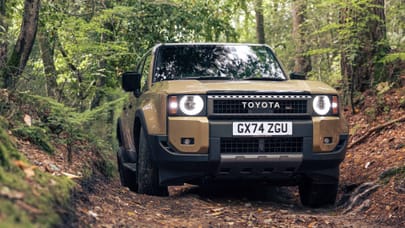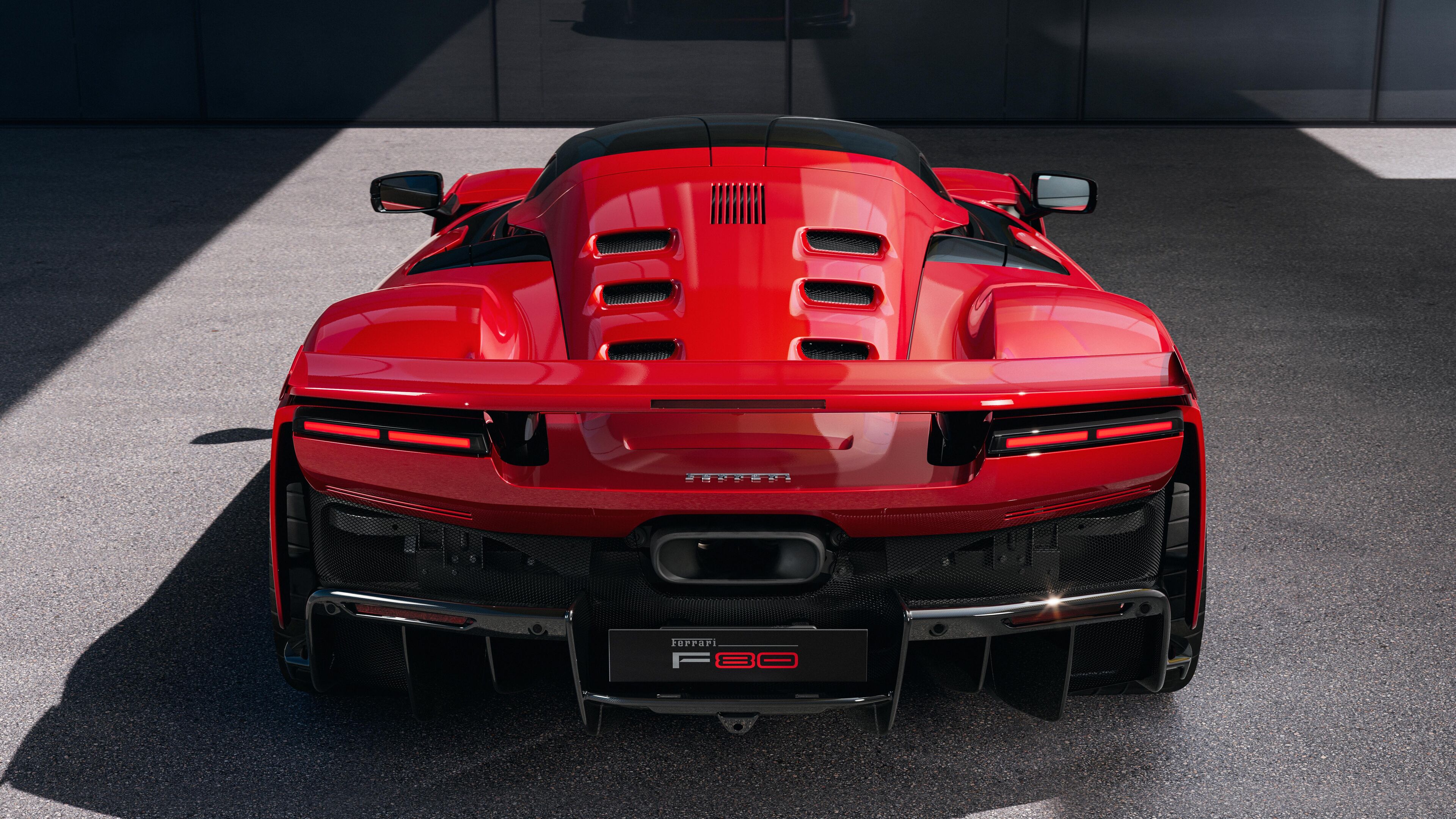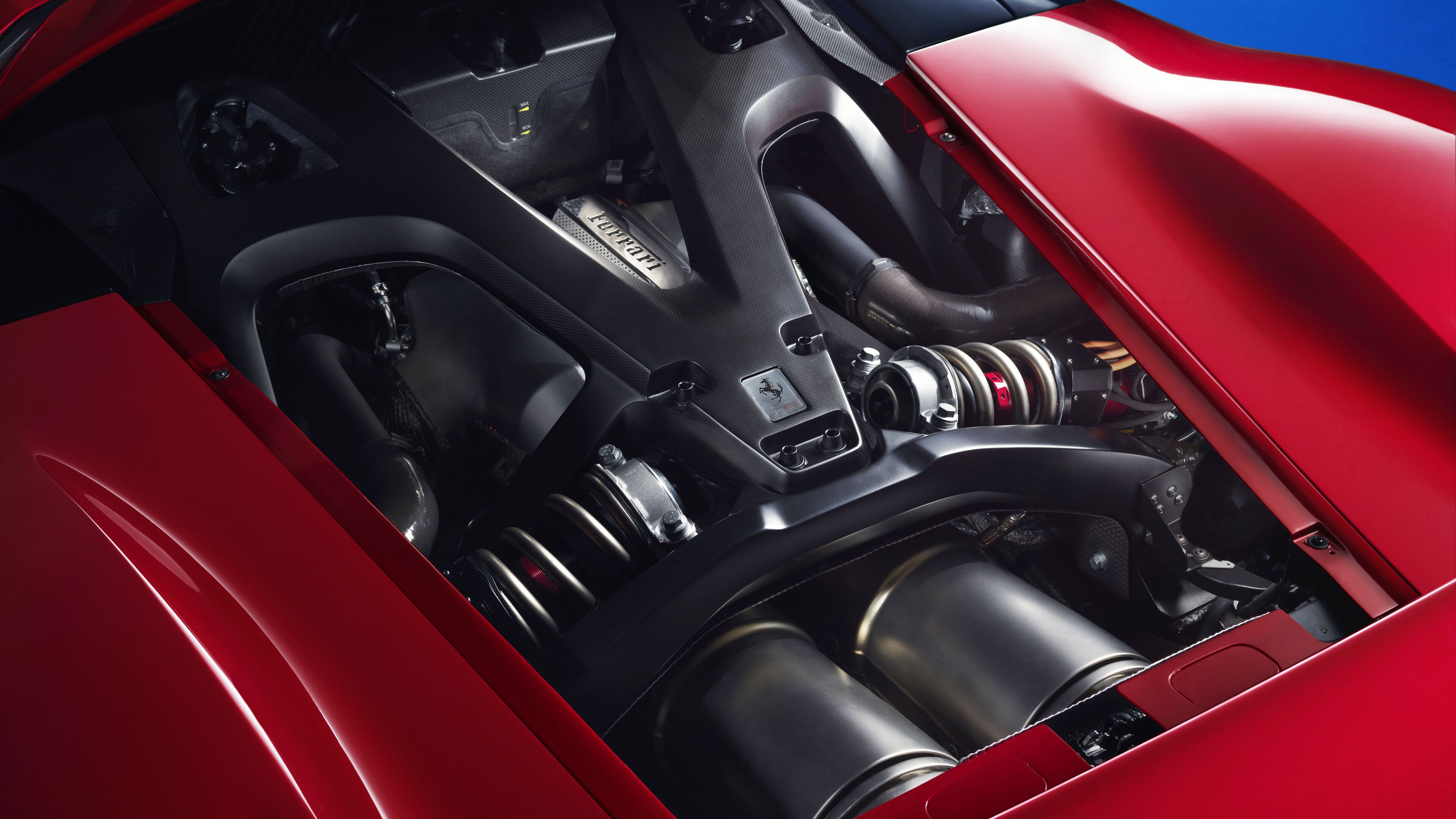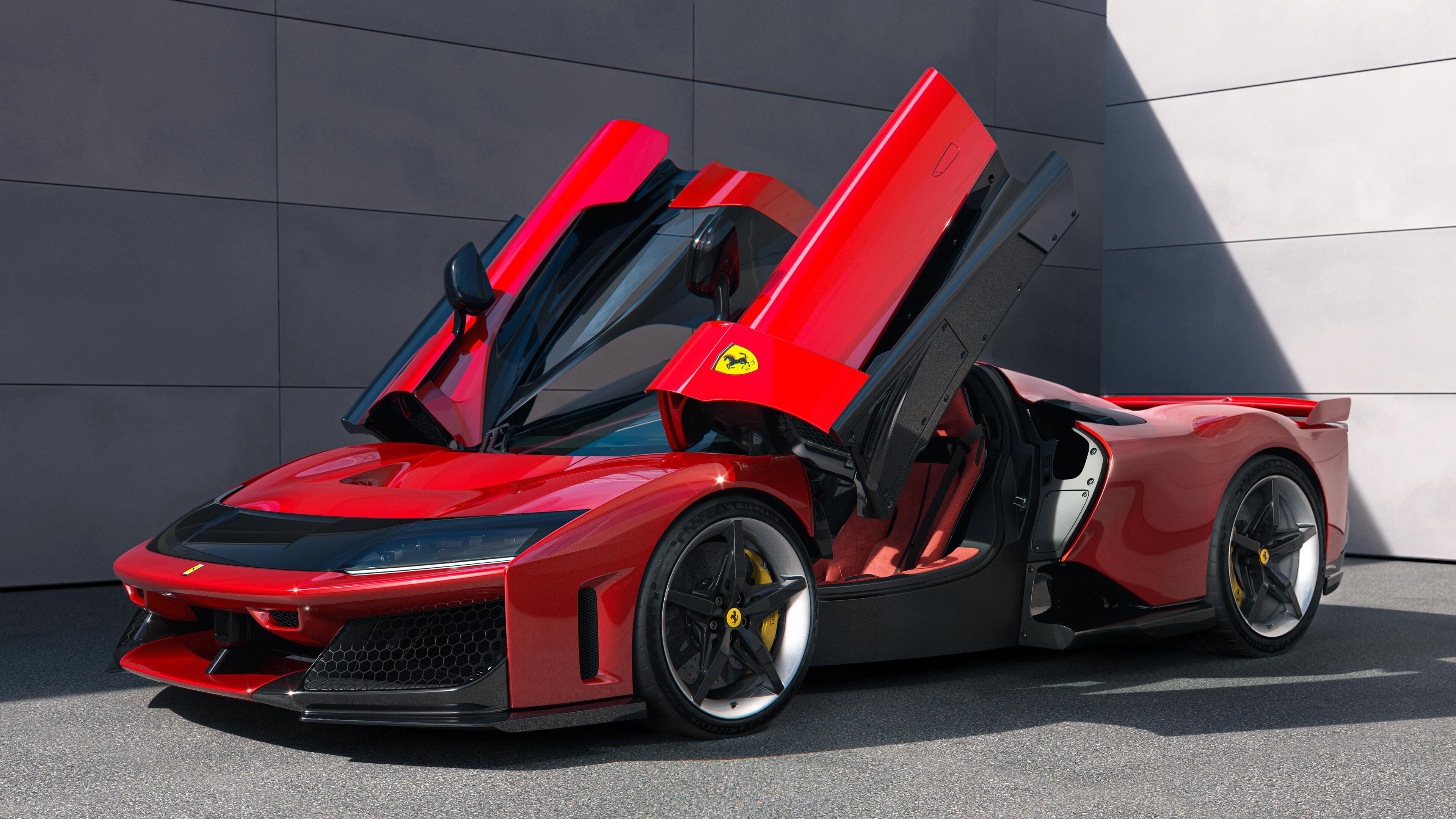
Here’s why the Ferrari F80 uses a V6, not a V12… and how it was nearly a single-seater
Ferrari’s peak supercar needed peak tech… like a Le Mans-winning engine
“Every supercar is remembered for a particularly unique feature,” said Ferrari’s marketing boss Enrico Galliera. “The GTO for its first turbo, the F40 for the first rear wing, the F50 for its F1 architecture, the Enzo for butterfly doors, LaFerrari for our first hybrid system.”
What then, defines the new Ferrari F80? “Difficult to identify only one, because the brand-new, specific platform is a concentration of innovations.”
Perhaps you’ll be surprised to learn that of these innovations, the powertrain – long the heart and soul of any Ferrari – was the final consideration.
‘No matter,’ you cry, ‘as long as it’s got a massive, life-affirming and transcendental V12!’ By now you know… it is not a massive, life-affirming and transcendental V12 like the one in the 12Cilindri and its predecessors, or the F80’s predecessors in the shape of LaF and Enzo and F50.
It’s a hybridised 3.0-litre V6. A six-pot in a halo Ferrari? How did that happen?
Clearly we’re asking the wrong questions. Ferrari instead asked itself this: what’s the best engine that'll unlock max performance? “Is it better to go for the historically most iconic Ferrari engine, the V12, or the best architecture now used in top level racing?” said Galliera.
Apparently, the answer “was kind of easy” – the ‘proven champion’ in the V6 turbo at the heart of Ferrari’s Le Mans-winning 499P. The F80’s sixer is based on the same 120-degree architecture as the 499P’s, but completely overhauled with new components, offering a whopping 296bhp-per-litre on its own.
Despite the provenance, Ferrari can sense why you’re still pining for a big V12. “Now I come to the part that I know is so important for every Ferrari,” said Giammaria Fulgenzi, Ferrari’s engineering boss, “and maybe even more so for a supercar: the engine sound.
“You might doubt me given that we announced a V6, not a V12. But trust me, the iconic Ferrari soundtrack remains unique on this new application.”
An application that literally wears its heart on its (rear) sleeve, and an application that was very nearly a single-seat affair. Before we get to the latter, a note on the former: see those six rear air vents? The number is not ‘accidental’, but a reflection of its cylinder count.
Top Gear
Newsletter
Thank you for subscribing to our newsletter. Look out for your regular round-up of news, reviews and offers in your inbox.
Get all the latest news, reviews and exclusives, direct to your inbox.
“Clearly, this is not a project that can come from a preconceived idea of style,” said design boss Flavio Manzoni. “It was absolutely clear to me and my team that we wanted to do something absolutely futuristic and disruptive.
“We didn’t want to get carried away with a nostalgic or continuity idea,” he added.
So disruptive in fact, the earliest consideration was for the F80 to seat only the ‘pilot’. “When we started the project, the idea had come out initially that this car should be a single seater,” Manzoni said.
“Why? Because we wanted to make it have really extreme proportions, so a very narrow cabin, shoulders as wide as possible, a wide track and so on. Clearly this was a provocation, but by working together we managed to achieve the effect of a real single-seater, while not giving up the passenger space.”
Passengers of the 799 owners will be relieved, then, they’ll be able to share in the F80’s stupendous performance, though nobody else will – naturally, all have been sold.










